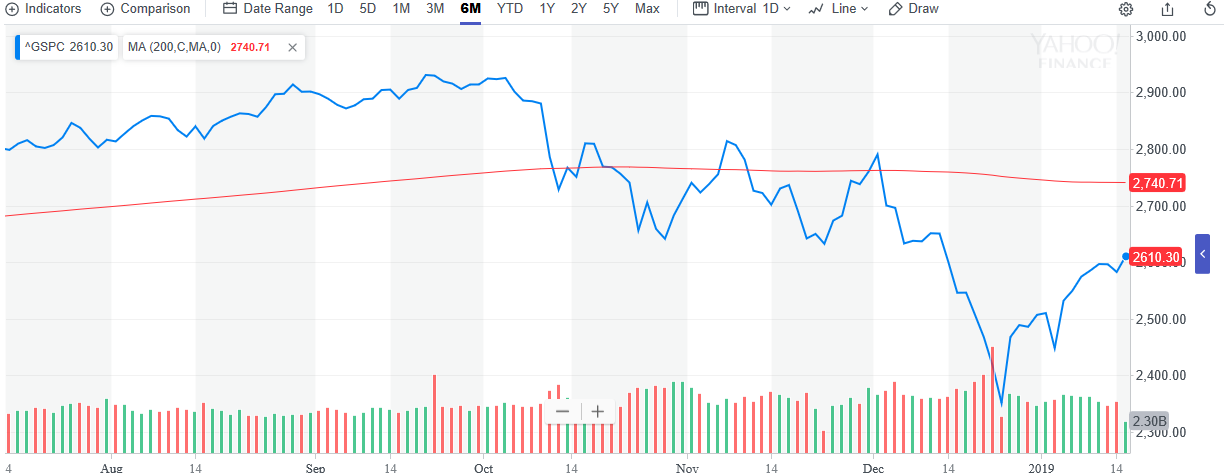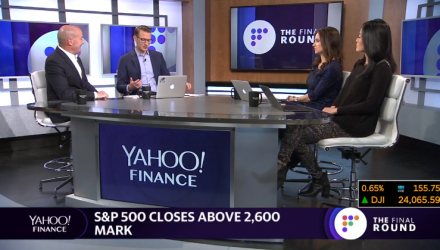Early 2019 is already seeing a strong start for exchange-traded funds (ETFs) with net inflows of almost $9 billion in two weeks. Furthermore, the average daily trading volume on ETFs is 56.2 percent higher compared to the same time a year ago based on data from XTF.
Though it’s early, it’s hard to not be bullish on ETFs with those numbers.
However, investors are reminded of a challenging 2018 that saw the Dow fall 5.6 percent, while the S&P 500 lost 6.2 percent and the Nasdaq Composite fell 4 percent. December alone resulted in the Dow falling 8.7 percent and the S&P 500 lost 9 percent, making it the worst December since 1931.
2019 thus far is painting a more positive picture with the Dow up 3.16 percent year-to-date, while the S&P 500 is up 4.13 percent and the Nasdaq Composite is 5.86 percent higher. Does the early January bounce warrant more optimism?
“Right now, you got to be optimistic because we are within 20 S&P points of going back above the 50-day average,” ETF Trends Publisher Tom Lydon told Yahoo! Finance. “This has really been a pure technician’s market. If we do that, that’s a very positive sign.”

Behavioral Divergence of ETF and Mutual Fund Investors
Even with a December 2018 to forget, ETFs continued to amass assets to the tune of over $51 billion while mutual fund flows suffered. Mutual funds, bond and equity funds, in December lost a record $152 billion.
One would assume that outflows from U.S. equities in 2018 would also be evident in ETFs that have been purchasing the downtrodden shares in the three major indexes. However, that hasn’t been the case as ETFs received $314 billion worth of inflows despite a challenging 2018–a drop from the $466 billion the previous year, but given the challenges of 2018, an impressive figure nonetheless.
Compare that to mutual funds, which have been trailing ETFs in terms of organic growth rate, the estimated net flow over a period divided by beginning net assets, within the last 10 years according to Morningstar. In fact, the average 10-year growth rate over ETFs is 16 percent versus the paltry 2 percent for mutual funds.
“ETFs have performed in line with what they’re supposed to do,” said Lydon. “One thing to remember is most of the trading in ETFs is somebody like me selling shares to you. We’re not buying and selling the underlying index every time we trade–10 percent of ETF trades are constructing new baskets of shares or deconstructing them.”
